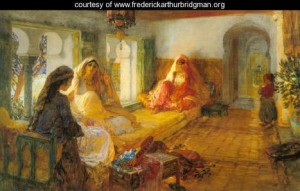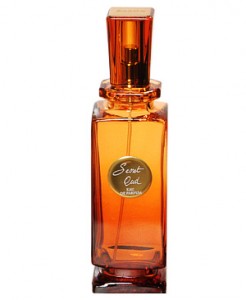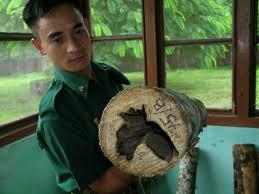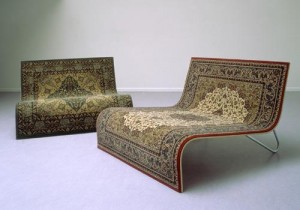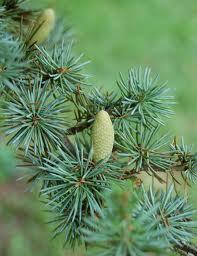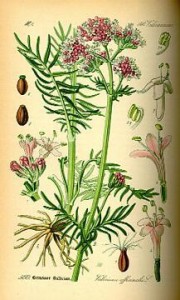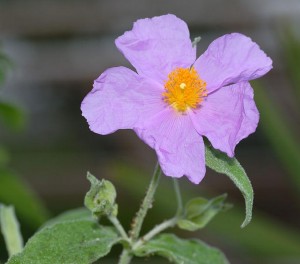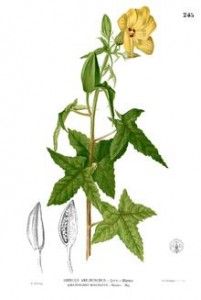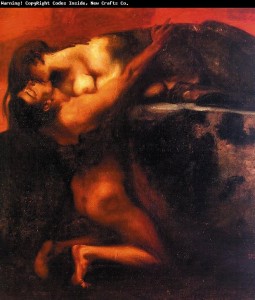Tell me, dear all: when is beauty not enough ?
“A rose by any other name..?”
Caron’s new release Secret Oud poses this question.
There are plentiful- even copious– ouds available everywhere!
Do we need one more?
Perhaps we do – if we aren’t obsessed with linear literalism.
Secret Oud provides a beautiful balance of exquisite elements, oud being only one of several.
If it is pure oud you crave, the Internet will gladly supply you with an embarrassment of choice; if it’s subtle entanglements of an exotic nature you’re after, Caron’s Secret Oud will surely delight you.
It isn’t a zero-sum game.
Enjoyment of one- or the other- doesn’t have to be mutually exclusive 😉
Now that I’ve ranted sufficiently, let’s take a closer look at Secret Oud.
[I owe a boon of gratitude to gentle Diane Haska of the Caron boutique in NYC- she reserved one of her very few bottles for me to purchase!]
East meets West.
From the East we cull Atlas cedar, so richly resinous- and commingle it with oud, the native Southeast Asian heartwood of depth, tenacity, and a certain mystery.
We dapple this with saffron of Southwestern Asian origin, first cultivated in Greece. It now flourishes in the climate of the chaparral and arid areas such as Crete, Spain, Morocco, and Iran.
Jatamansi, also known as spikenard or nard– is a member of the valerian family.
It came to us via travels through Tibet, China, and India.
Jatamansi’s uses are manifold- in Medieval cuisine and potables [stingo, hypocras], as a sedative, perfume, incense, medicine, and anointment [reference Pliny, Ancient Rome and the recipes of Apicius, Ayurvedic practices, the Old Testament, Talmud, New Testament…nothing is new under the sun 😉 ]
The Western components include an element of ‘crossover’, in that they may inhabit both locales.
Jasmine will bloom wherever the conditions are favorable: Egypt, California, Florida, Spain, France, Morocco, et al.
Damask rose follows a similar path; it arrived in Europe from Syria in the mid- 1200’s; Iran and Kabul have a long history of otto production, but variants of this rose flourish throughout the world.
Grey-haired rockrose, aka cistus incanus or labdanum – is a hearty flowering shrub which thrives in poor, often rocky soil. Its resin is exquisitely scented and one of my favorites!
Indigenous to the Mediterranean basin, it can be cultivated in Morocco, Portugal, Spain, and extensively in the Middle East as well.
Musk– in ancient times it was exclusively of animal origin [ male musk deer from Siberia, India, Pakistan, Tibet, China, and Mongolia] and this extraction continued until the end of the 19th century.
Today, its source is far more likely to be vegetal [ambrette, hibiscus’ cousin] or synthetic.
Mosques utilized musk in their temple mortar, and centuries later, one can actually smell it still!
Napoleon’s Josephine, when piqued in the extreme, scented her closets with musk- which aggravated the Emperor no end, as he couldn’t rid himself of the pong 😉
Secret Oud is really about the stealth of seamlessness.
So many essences could be seen as potentially medicinal and troublesome:
Say, saffron, oud, and jatamansi.
Their spicy, no-nonsense personalities interweave with the rosy thick resin of labdanum and experience the sweet mitigation of jasmine and damask rose, softened further by downy musk.
Atlas cedar contributes its stalwart balsam woodiness tinged with spice; in Secret Oud there is no apparition of pencil shavings.
One could almost swear there was a faint patchouli-like presence, but the nose is tricked by Richard Fraysse’s skillful blending.
Deeply troubling, suavely perverse and ultimately mystifying-
Secret Oud is about The Secret, rather than The Oud.
The hidden dark chambers of desire where East meets West in a sophisticated seraglio of oriental opulence.
It intones ritual, sacrificial offerings in Temple times, and the willful abandon of the flesh.
I see no reason whatever why it can’t be enjoyed by everyone-
Although bon marché, it is NOT 😉
Thanks to our friends at Caron New York/ Phyto Universe we have a sample of Secret Oud for one lucky commenter. To be eligible please leave a comment naming an example of unusual beauty to you. Draw will end on December 16, 2011.
–Ida Meister, Senior Editor

